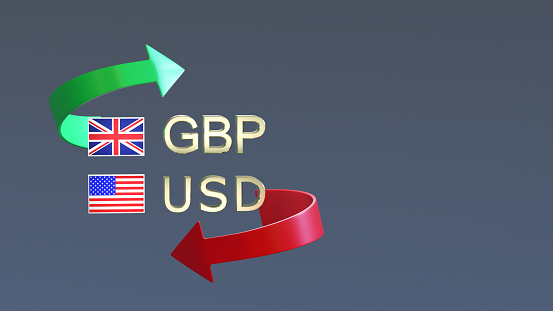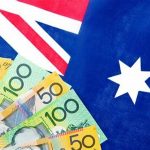GBPUSD is reversing from a one-week high as new USD purchasing emerges.
The GBPUSD pair is still struggling to break above the 50-day Simple Moving Average (SMA). And is attracting some sellers in the 1.2450 region, or above a one-week high reached earlier this Thursday.
During the early part of the European session, the pair sinks to a new daily low, around the 1.2415-1.2410 zone. And appears to have broken a four-day winning run.
Following a small overnight retreat from its highest level since mid-March, the US dollar (USD) is regaining bullish momentum as US Treasury bond rates rise. This is considered as a crucial element putting negative pressure on the GBPUSD pair.
However, a mix of variables may prevent USD bulls from initiating aggressive wagers, necessitating prudence before concluding that the pair’s recent comeback from the 1.2300 region, or its lowest level since early April, has peaked.
A bullish risk tone and lower expectations for more Fed rate hikes might limit dollar gains.
On Wednesday, two important FOMC members indicated a desire to postpone interest rate rises this month. Indeed, Federal Reserve (Fed) Governor Philip Jefferson stated that delaying rate rises at the next FOMC meeting will allow time to study more data before deciding on the magnitude of the boost. stiffening up even more. Separately, Philadelphia Fed President Patrick Harker has advocated for a pause at the next meeting. Aside from that, a generally bullish tone in the equities markets might limit the safe-haven Greenback’s appeal.
Market confidence improves somewhat as a result of work towards preventing a historic US debt default. Indeed, the US House of Representatives approved a plan to suspend the debt ceiling late Wednesday, and the agreement now goes to the Senate for ratification.
Furthermore, according to a private study, China’s manufacturing sector unexpectedly posted small growth in May, boosting investor confidence. This, together with anticipation that the Bank of England (BoE) would hike interest rates further, could strengthen the GBPUSD pair.
Market players are now anticipating the publication of the final UK Manufacturing PMI will provide some momentum. Traders will take cues from the US economic docket later in the early North American session, which includes the ADP data on private-sector jobs, the customary Weekly Initial Jobless Claims, and the ISM Manufacturing PMI.
This, together with Fed speaks, US bond rates, and broader risk sentiment, will affect USD demand and contribute to the creation of short-term trading opportunities in the GBPUSD pair.









